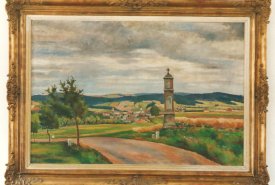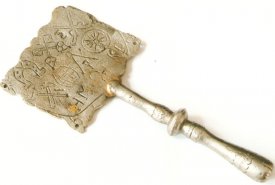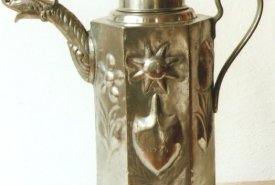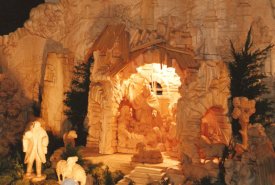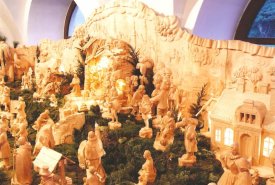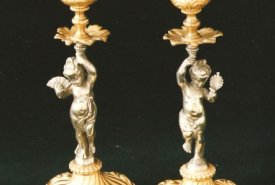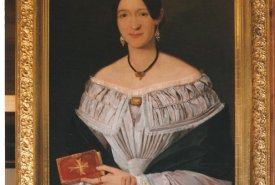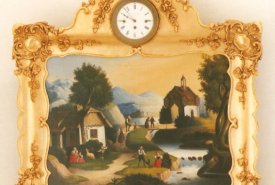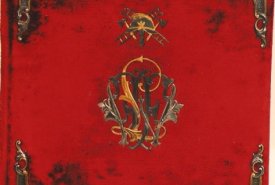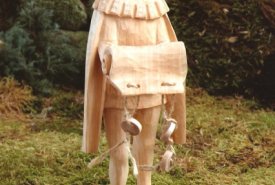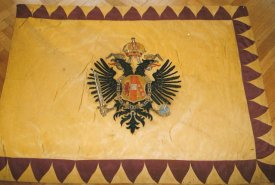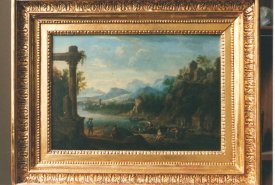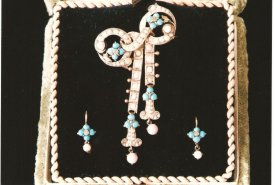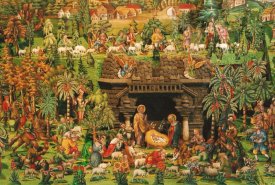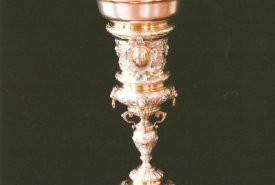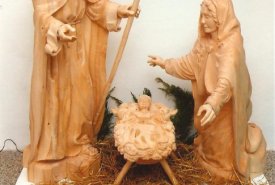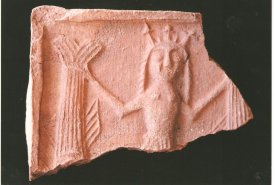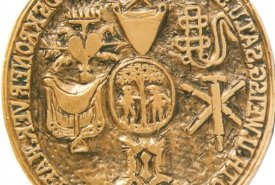otevírací doba
Dnes (sobota)
zítra (neděle)
Collections
Collection Fund
The organization manages the collections and collection items owned by the municipal authority under Act no. 122/2000, on the Protection of Museum Collections and the Decree of the Ministry of Culture no. 275/2000. The collection of the Lanškroun Municipal Museum was registered in the Central Register of Collections at the Ministry of Culture of the Czech Republic under the registration number MLA/002-04-18/086002 and is owned by Lanškroun Municipal Authority under the name: Sub-collection 1, other - summary.
The number of registered collection items and their sets as of December 31, 2016 amounted to 5,285.
The number of photographs, glass plates and negatives as of the same date amounted to 35,000.
Composition of the collection:
- Numismatics, phaleristics (important collections for the Czech Republic – medals by Zdeněk Kolářský, historical coins, badges and paper currencies)
- Crafts, domestic industrial production, trades and commerce (objects from the defunct brewery, pharmacy, agricultural tools and weaving)
- Art objects (important collections for the region - paintings, sculptures, nativity scenes, wood carvings etc.; works of contemporary artists and craftsmen)
- Archaeology (archaeological finds from the region, blacksmith tools)
- Archive (important collection for Pardubice Region – scores of Jindřich Praveček, club and society awards, old postcards, posters, maps, original books by J. M. Marci, photographs, seal matrices of the guilds, stamps and CDs of contemporary choirs and ensembles)
- Photo archive (important collection for the town of Lanškroun and its surroundings – photos of the town and region)
- Clothes and textiles (club and society banners, ribbons, uniforms, clothes and jewellery)
- Objects for entertainment and personal use (musical instruments, toys and souvenirs)
- Militaria (bladed weapons - a comprehensive collection of military bayonets, weapons of Lanškroun clubs, firearms etc.)
- Cookware, tableware and utensils (stoneware, porcelain, glass, tin etc.)
- Furniture (burgher and folk furniture, guild chests)
- Clocks and apparatuses (clocks from burgher homes, tower clock mechanisms and physics apparatuses)
- Religion (sculptures, crucifixes and liturgical instruments)
- Education (wall paintings and the like)
The museum expands its collection through donations, research of archaeological finds and purchases that enrich the permanent exhibitions or are used for occasional exhibitions and to add to the existing collection. We lack sufficient funds to purchase new collection items.
We continue to develop and expand our permanent exhibition - History of the Town of Lanškroun and its Surroundings – through donations and purchases of artworks by contemporary artists, the acquisition of works of craftsmen and folk artists from exhibitions organized by the Municipal Museum and regional institutions, the acquisition of objects from defunct businesses, shops or houses being demolished, through music media – CDs of current choirs, ensembles and groups, objects relating to the activities of local companies and associations, and to chart our ancestors’ way of life through other appropriate collections.
One important part of the museum is the Room of Coins and Medals by the academic sculptor Zdeněk Kolářský. Works of this living medallist and sculptor - memorial plaques, medals and coins - similarly enrich our collection.
The museum director participates in collection-building activities together with the collection curator, professional museum staff, external experts and museum collaborators (e.g. the fine art historian and others). The curator collects the objects, organizes the collection and submits suggestions for the acquisition of new items.
We will continue striving to expand the permanent exhibition, and to promote cultural and historic awareness in our town regarding important persons and the region itself.
The museum makes an inventory of its collections every year, such that an inventory of the museum’s entire collection is performed within a ten-year period. This means our annual task, according to Act no. 122/2000, is to make an inventory of not more than 10 percent of the collection. Because a general inventory was conducted in 2000, we do not select according to urgency, but gradually, following the course set by inventories over recent years. The museum collections are electronically protected and a CCTV system was installed on the museum premises in 2004.
Objects are discarded from the collection in accordance with Act no. 122/2000. The museum dispenses with items that fall outside its collection programme, those of a poor standard or in poor condition, i.e. the seriously damaged, incomplete or totally ruined (unrestored), redundant or unusable. The elimination of any object is always supported by an order issued by the museum director, furnished with a professional expert’s opinion, approved by the museum founder and reported to the Central Register of Collections. Discarded collection items can be offered to other museums or exchanged for items more suitable for a particular collection etc.

